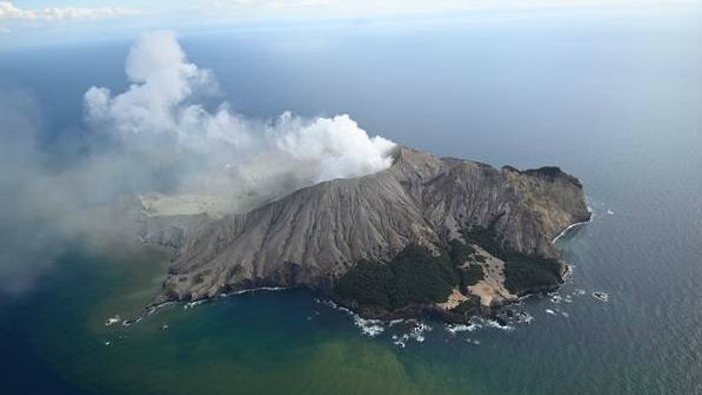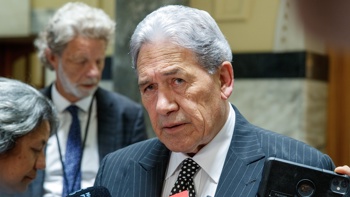Scientists have pioneered a new eruption alert system they say could have given 16 hours' warning of December's deadly disaster at Whakaari/White Island.
New Zealand's official agency for monitoring volcanoes, GNS Science, says the University of Auckland-made tech could be a "potentially useful addition" to its own systems, but cautions that it still has limitations.
New Zealand doesn't currently have an advanced real-time warning system for volcanic eruptions.
Instead, the existing Volcano Alert Level (VAL) system is updated every few weeks or months and relies on human judgement and consensus amongst scientists to spot activity that could signal a pending eruption.
Three weeks before last year's fatal eruption at Whakaari - now the focus of an ongoing inquiry - the VAL was lifted to Level 2, or "heightened unrest", and then again to Level 3, but that was after the event.
"That eruption was preceded by a strong burst of seismic energy 17 hours earlier, a sure sign that fresh magmatic fluid was rising up and pressurising water trapped in the rock," said developer and engineer Dr David Dempsey, from the University of Auckland.
"The resulting explosion was like a pressure cooker blasting its lid off and that early seismic burst is the most common indication of imminent eruption at Whakaari.
"It's a warning sign that could have been detected almost instantly by the forecasting system we have developed."
Of 47 people on the island at the time, 21 were killed, including two who are missing and declared dead, and 26 suffered injuries, many severe.
With funding from the Ministry of Business, Innovation and Employment, the new system developed by Dempsey and Dr Andreas Kempa-Liehr, from the Faculty of Engineering, and Professor Shane Cronin, from the Faculty of Science, used sophisticated machine learning algorithms to "teach itself" from the data fed into it.
It learned from patterns in that data so it was able to signal almost instantly when a particular pattern matched that of the build-up to a previous eruption.
With data from the past 10 years at Whakaari, the new system predicted four out of five past eruptions missing only one – in 2016 when the data pattern was quite different to the other four.
"Machine learning means it learns from experience and so can constantly and rapidly improve its accuracy," Kempa-Liehr said.
A prototype of the forecaster has been operating continuously for five months and the development team are working with GNS to implement it alongside their systems.
One of the challenges of the whole project was refining the threshold at which an alert is triggered.
Currently the new system uses a threshold of 8.5 per cent probability an eruption is imminent, which, in simple terms, means it raises an alert when there was a one in 12 chance of an eruption occurring. Each alert lasted about five days.
The researchers say that will mean a trade-off if the new system is adopted because the Island would likely be off-limits for about one month a year.
"The types of eruptions this system has detected are the ones most likely to be fatal," Cronin said.
"The loss of life at Whakaari was a dreadful human tragedy and we hope that an automated forecasting system such as this could avoid loss of life but it's a question of whether policy makers, landowners, iwi and tourist operators want a system that, once an alert is raised, would need to be enforced."
The next step in development would be to teach the new system about the eruption history at New Zealand's other volcanoes including Tongariro and Ruapehū, which both attract tens of thousands of visitors a year.
GNS Science's volcanology team leader Nico Fournier welcomed the new research, which has been published today in the journal Nature Communications.
"But, as for any technique in development, it still incorporates a high level of uncertainty," he said.
"An increased chance of an eruption does not mean with any certainty that it will occur.
"We have added this technique to the multiple datasets and analyses we routinely look at."
Fournier said uncertainty still posed one of the biggest challenges to creating useful and operationally usable forecasts.
"For instance, an event which has a one in 12 chance of happening has an 11 in 12 chance of not happening," he said.
The international and New Zealand scientific community was working to understand what drove small, sudden, yet potentially lethal eruptions, and what precursory signs could be detectable.
"Seismic tremor - as used by this study - is only one of many monitoring datasets we use," Fournier said.
- text by Jamie Morton, NZ Herald
Take your Radio, Podcasts and Music with you










